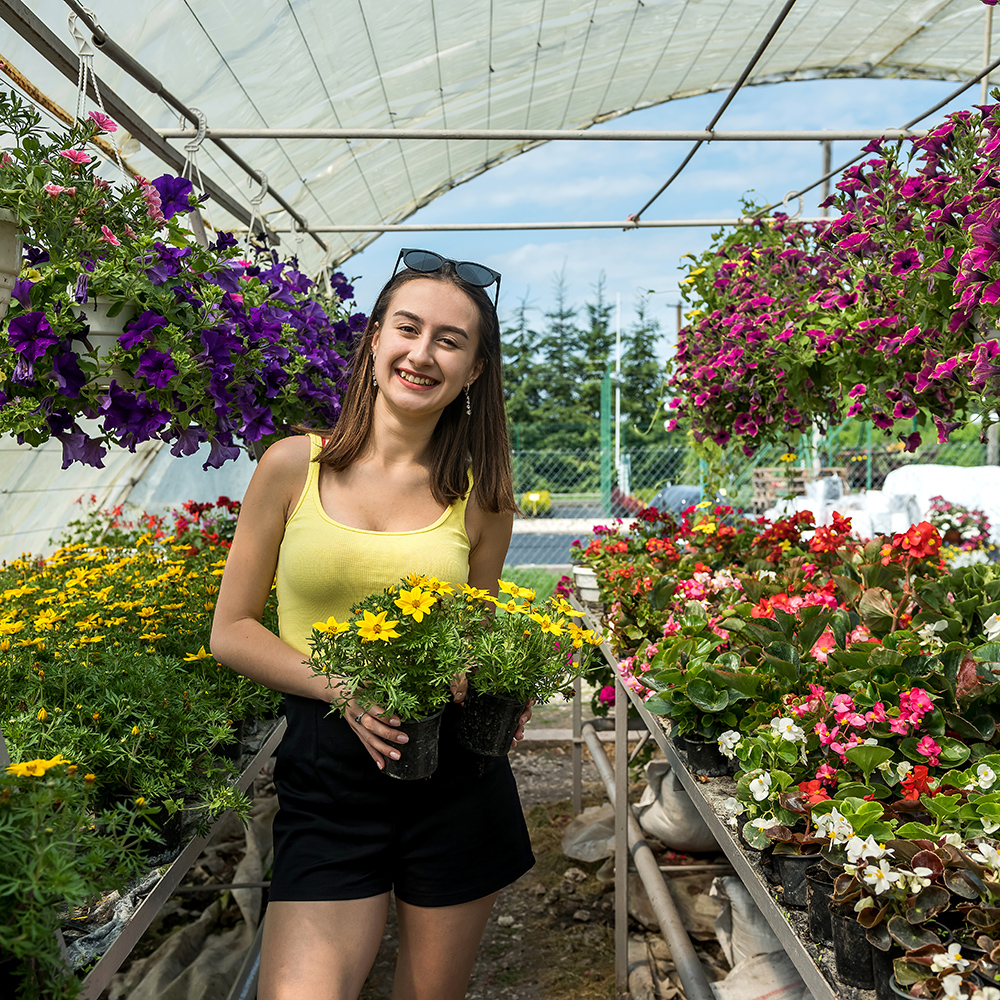Making your own headband is easier than you think. I promise. I know from experience. You’ll especially love that this is a no-sew headband tutorial which means anyone can do it in a matter of minutes!
Supplies:
- a plain plastic headband
- hot glue
- scissors
- stretch velvet fabric or any other fabric
- twine or string
- Fabri-Tac glue
- Ribbon
Instructions:
- Cut three pieces of fabric to 24 inches x 4 inches
- Apply a bead of fabric glue along the right side edge of the fabric as shown
- Fold the fabric together, repeat this for all pieces
- Once the glue is dry, turn the fabric tube inside out
- Stack the three pieces of fabric and tie together with string
- Loosely braid the fabric and tie off at the other end
- Use hot glue to secure the braided fabric to the headband
- Use hot glue and ribbon to finish off the end

